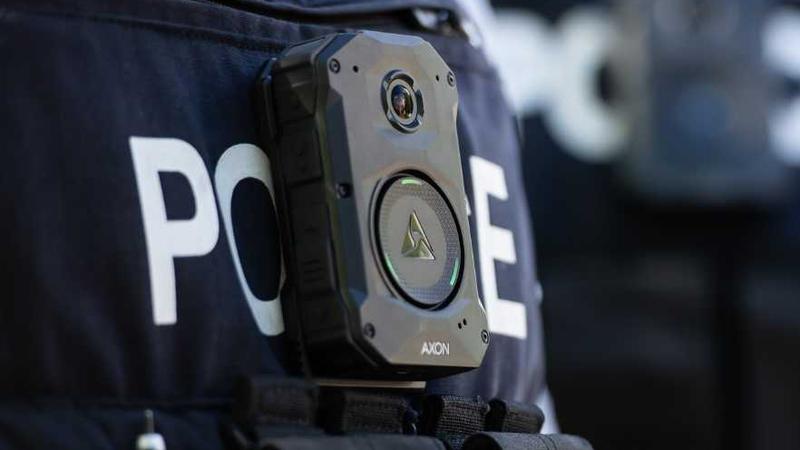
Four Alberta Mayors: Centralization of EMS dispatch is the wrong move for all Albertans
You may have heard about a dispute between four Alberta communities – Calgary, Lethbridge, Red Deer and the Regional Municipality of Wood Buffalo (RMWB) and the regions we serve – and Alberta Health Services (AHS) to maintain local control over the dispatch of Emergency Medical Services (EMS). When it comes to protecting the lives of the people we serve, we are willing to go to the wall.
This battle between municipalities and the Province isn’t a new one – in fact, it’s been going on since 2009 when AHS began centralization of EMS dispatch. Communities across our province have long pushed back on this change, arguing our integrated model with EMS, fire, and, in some instances, the police under one roof, saves lives. Four previous Health Ministers have rejected this shortsighted decision of AHS once the evidence was presented to them. Despite our best efforts to put this matter to bed, on August 4, 2020, we learned the decision had been made (without the consultation the Minister of Health promised) to implement the centralization of EMS in our communities in early 2021.
It may not seem like a big deal whether EMS is dispatched locally or by a centralized service. AHS maintains there will be no additional time added to when an ambulance arrives on the scene (though we have not seen the data to prove this, and our data shows local dispatch is faster). Our local dispatch centres exceed AHS dispatch standards while AHS does not even meet their own standard. However, in addition to dispatch delays, there will be an impact on our integrated service model. The coordination and, ultimately, the response times for more complicated emergency calls that require other emergency services will be fragmented. In Calgary alone, there are 15,000 calls annually that require a multi-service response.
In the integrated service model, firemedics often arrive sooner than AHS ambulances and provide lifesaving medical treatment before the ambulance arrives. In Calgary, fire units arrive first 50% of the time, in Red Deer 40% of the time, in the RMWB 60% of the time, and in Lethbridge 19% of the time. Under the proposed AHS model, the Advanced Life Support firemedics wouldn’t be dispatched to medical calls immediately or at all. It makes no sense for trained firemedics to remain at the station when they could be providing timely lifesaving patient care.



